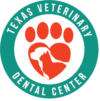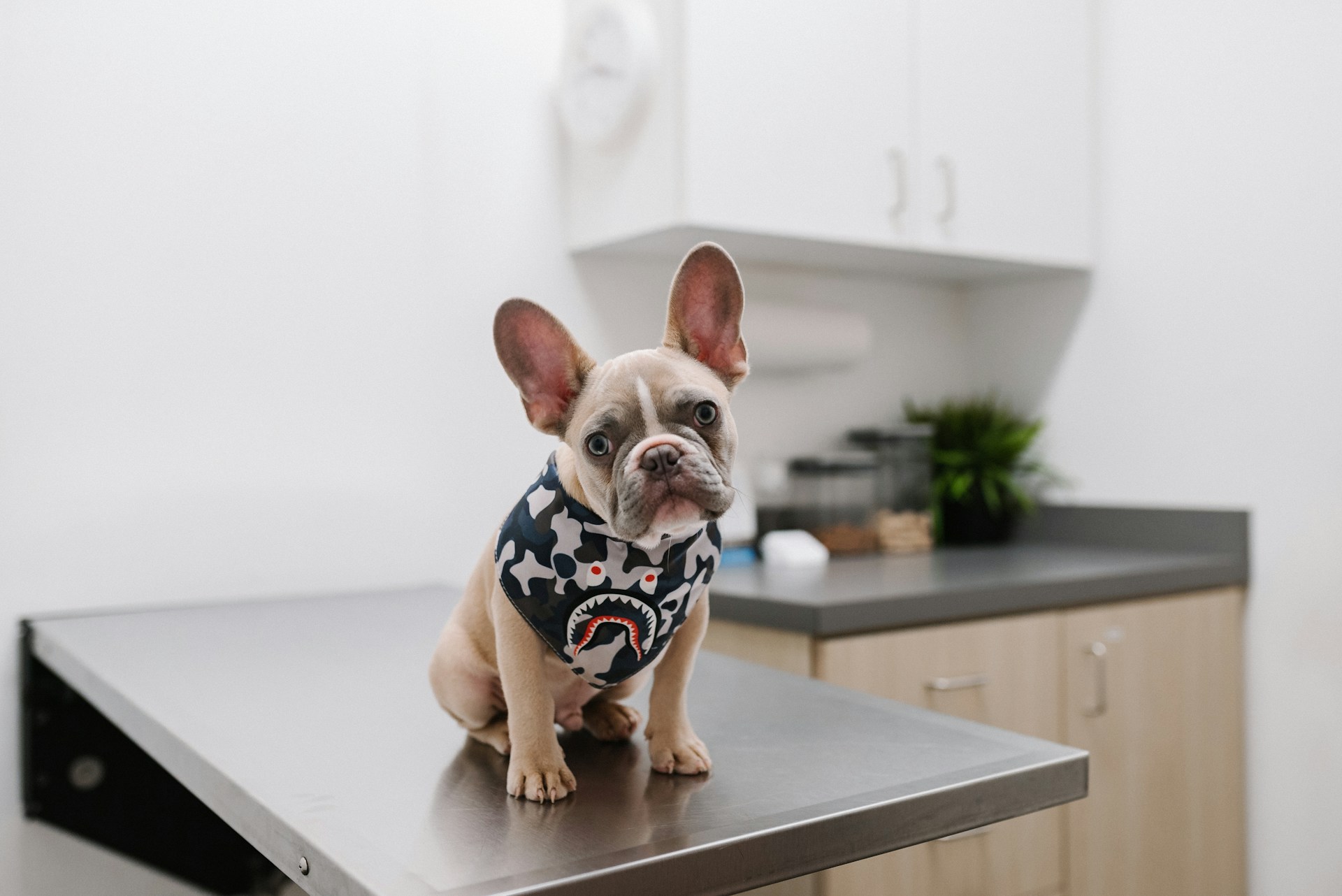Anesthesia is an important part of a professional dental procedure in veterinary medicine for many reasons. It relieves stress, fear, anxiety, and pain during the procedure. Anesthetized dental procedures also allow for an in-depth oral examination, intra-oral diagnostic imaging, cleaning above and below the gumline, tooth polishing, and any required oral surgery.
The Importance of Anesthesia for Veterinary Dental Procedures
When your pet is anesthetized, a more complete oral examination will be performed. Studies show that only up to 70% of oral disease can be observed during an awake oral examination.
General anesthesia allows intraoral diagnostic imaging to be performed, such as obtaining dental x-rays, and ensures that your pet remains immobile to reduce risk of injury from dental equipment. An animal must remain very still to obtain good quality x-rays required to adequately evaluate the extent of their oral disease.
When anesthesia is not used and a pet is awake during a dental procedure, only the tartar visible above the gumline can be removed. Your pet’s teeth may look cleaner after an anesthesia-free cleaning, but only during an anesthetized procedure can your pet’s veterinary team treat, prevent, or reverse dental disease. In fact, the most recent AAHA dental guidelines state that anesthesia-free dentistry is not acceptable due to safety, efficacy, and ethical concerns. Although anesthesia will always have risks, those risks are typically low and far outweigh the benefits.
Schedule an Oral Exam with a Houston Pet Dentist
Please call our office today to schedule an oral examination and discuss anesthetic planning for your pet’s next dental procedure!
Images used under creative commons license – commercial use (2/6/2025). Photo by Karsten Winegeart on Unsplash

